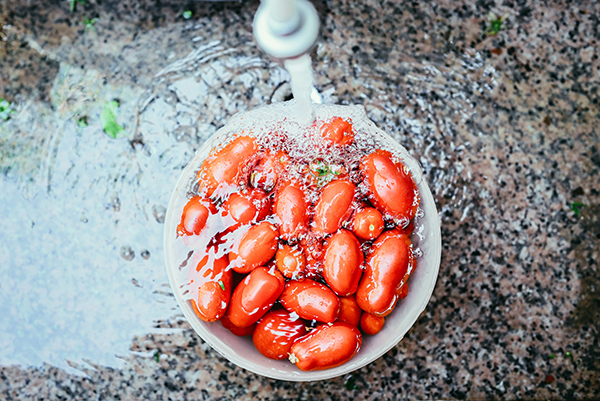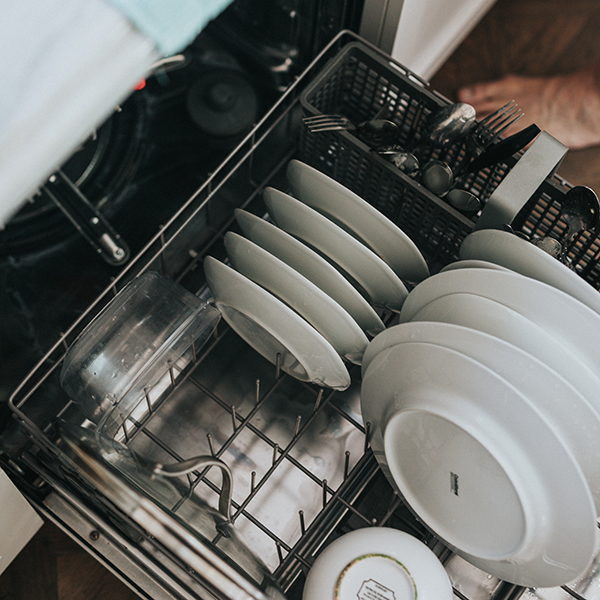- About Us
- Our Work
- Tree Info
- Get Involved
- Blog
- Volunteer
- Support Us
By Canopy Team on June 10, 2022

The heat-island effect in urban cities is getting stronger with each passing year, which means that investing valuable water to maintain urban trees becomes more important. The United States Environmental Protection Agency stated that “The U.S. population has doubled over the past 50 years, while our thirst for water has tripled. With at least 40 states anticipating water shortages by 2024, the need to conserve water is critical”(EPA).
California is no stranger to drought conditions. January through March 2022 were the driest these months have ever been recorded to date, continuing the second drought the state has seen in 10 years (Ca.gov, Apr. 2022)
Due to the drought, water efficiency and conservation is a top priority in California. On the other hand, our urban trees are worth the water investment for the shade they create to trap heat energy and their ability to filter and retain precious groundwater (see more about the Benefits of Trees). It is critical to find a balance between saving water and keeping our urban trees hydrated.

One way to stretch the water your household consumes is by recycling greywater, the lightly used water from sinks, showers, and more that can repurposed to water your trees, garden, and household plants. According to estimates, reusing greywater can reduce water waste by up to 40%.
Read on for recommendations by Canopy staff members on ways you can save or recycle water at home.
Plastic bottles displace water in the toilet tank, allowing less water to be used with each flush. Fill the bottle approximately one-third of the way full with sand or small rocks to weigh it down. However, regulations for toilet manufacturers passed in the early ’90s mean newer toilet designs limit water usage to 1.6 gallons per flush and this plastic bottle method isn’t recommended.
The average American shower lasts eight minutes and uses 17.2 gallons of water. Consider keeping a bucket in the shower to catch water as it heats up or even use the bucket for bathing. Use this to water the urban trees and plants in your backyard. Don’t forget to use plant-friendly soap if it will run off in the water.

Before you clean small tools, fill a cup or a bowl of water for the cleaning. With a fixed amount of water, you can control how much water to use every time, which means there will be less water you would waste unconsciously.
If you have a dishwasher, use it! Hand washing dishes uses approximately nine times as much water as an energy-certified dishwasher that can save up to 5,000 gallons of water per year (cnet.com). Be sure to run a full dishwasher load only.
Since the saved water from food preparation is still pretty clean, it can be used to soak dishes or water trees and plants. Or you can just save the water in a bucket for later use.

Water-intensive foods cost more water to produce and some of them make us more thirsty. According to the article “How Water Intensive Food Choices Impact California’s Drought”, “Beef was the most water-intensive meat, requiring roughly 1,900 gallons of water per pound…” and “2,100 gallons of water are needed to produce…a single pound of shelled almonds”(Creelman 2019). Shifting from animal products to a more plant-based diet would be a good option to offset that water use.
Find moments you can stop unnecessary water flow, such as when you brush your teeth, scrub the dishes, or lather up when washing your hands or bathing. Please turn off the tap before you are going to touch anything else.
These are just a few of the suggestions our team members had, but we encourage you to find more ways to conserve water. If you have more ideas for saving water, please share them with Canopy at [email protected].
Check out these links for more information on caring for your trees:
Yingran Zhang is a 2022 Spring communications intern at Canopy and a B.A. English Professional Writing and Rhetoric student at San Francisco State University. She would like to become a technical writer who works with different media forms. In her free time, she likes to have a walk in nature, listen to music, and watch anime.